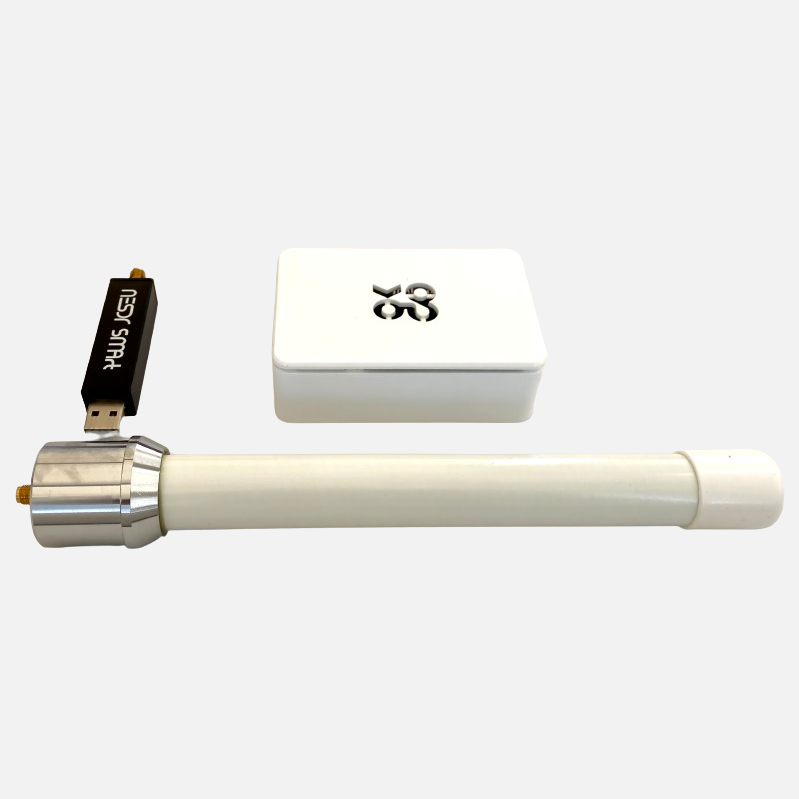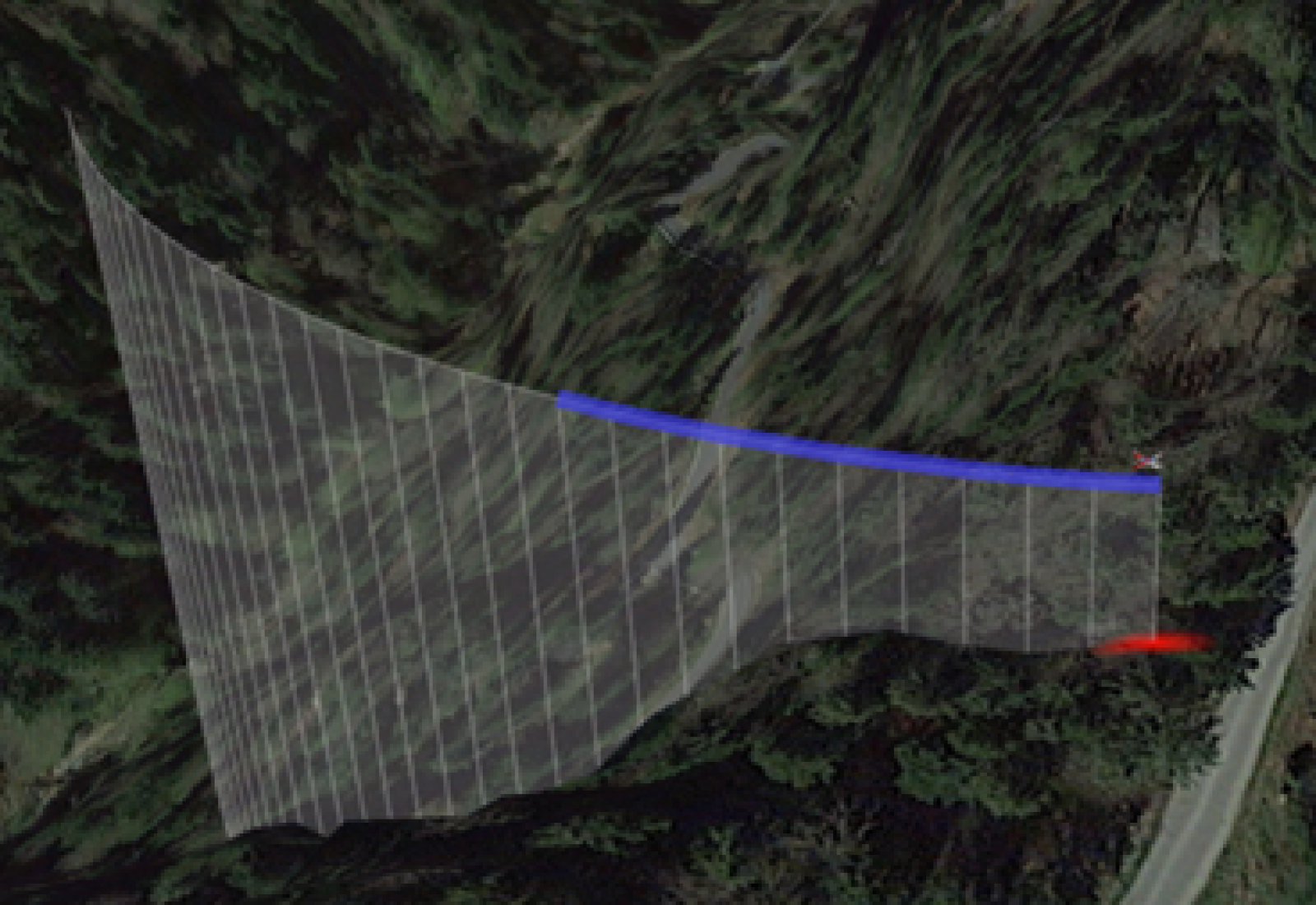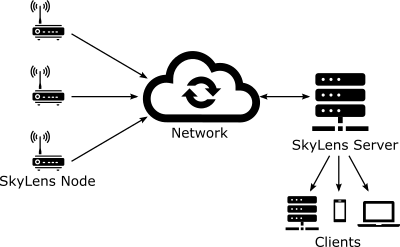Skylens Receiver Network


Product highlights
-
Networked multi-purpose e-Conspicuity receiver system
-
Wideband, concurrent multi-frequency reception
-
FLARM and ADS-L supported
-
Software-defined radios with high sensitivity and range
-
Scales from a single receiver to thousands of receivers
-
Secure communication using industry standards (MQTT, TLS)
-
Low latency
-
Easy software upgrades through docker and dpkg
-
Private or public networks supported
Architecture
A SkyLens deployment consists of several receiver nodes (SkyLens Node) and a server (SkyLens Server). Every node connects to the server over a bandwidth-efficient protocol based on MQTT. Secure encryption is available using TLS, including authentication using certificates. SkyLens Node runs standard on a Raspberry Pi 4 for which a complete SD card image is available. Installation on other single-board computers is possible via the dpkg installation mechanism.
SkyLens Server receives and consolidates the data stream from various receiver nodes. Since it is possible for aircraft to use more than one e-Conspicuity system, SkyLens Server merges the different data sources and removes duplicate signals. Clients can subscribe to easy-to-parse JSON streams to consume the resulting data. Installation and updates are simple: SkyLens Server is delivered as a Docker image and can thus run on many platforms. SaaS / Cloud deployments are also available.
SkyLens Node uses one processor core per e-Conspicuity system it is concurrently receiving. Unused processor cores can be assigned to other tasks, such as ADS-B 1090 reception (requires an additional SDR).

Specifications
SkyLens node
-
Minimum hardware
Raspberry Pi 4 or equivalent
-
Operating system
Linux
-
Installation methods
SD card image or Dpkg
-
SDR (recommended)
Nooelec NESDR SMArTee v2 SDR
-
Frequency bands
868.0 .. 870.0 MHz (Europe)
902.0 … 928.0 MHz (USA)
1090 MHz ADS-B (optional, requires additional SDR) -
Network
Ethernet or WLAN
-
ProtocolsMQTT, NTP
-
Configuration
Text file on SD card
-
Security
TLS, certificates
SkyLens server
-
Installation method
Docker image
-
Operating systemLinux
-
Protocols
MQTT: TCP or websocket
-
Configuration
Text file on the Docker host
-
Security
TLS, individual login data record per node